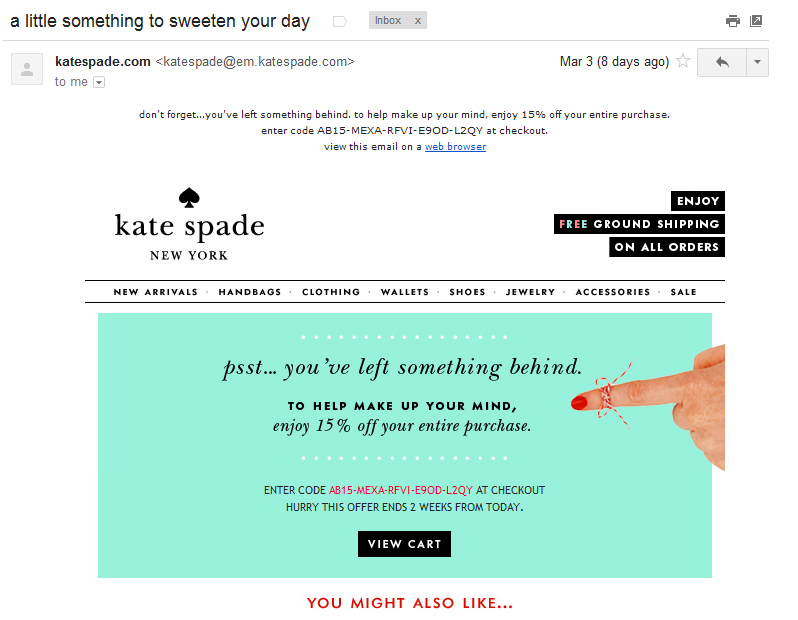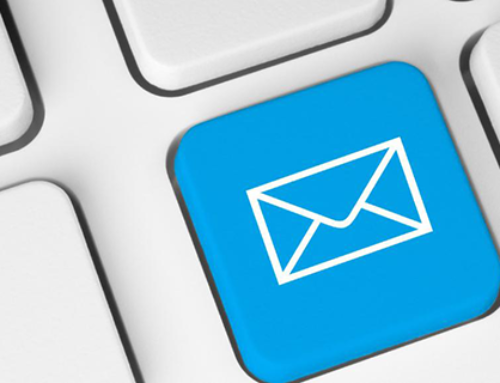Automated marketing – should you do it? Reservations are understandable, it comes from a universal dislike of automated answering machines and pre-recorded voice messages that big companies use in lieu of a customer care team. It’s robotic and lacks, for obvious reasons, a very human element that is essential to online marketing. However, what is widely misunderstood is that automated marketing is a one-size-fits-all type of marketing, a strategy that is incapable of personalisation and providing realistically useful or valuable content to consumers. But this is no longer the case.
Firstly, automated marketing allows you to touch base with potential leads when you don’t have time to. Sometimes, a quick hello is all it takes to remind potential customers of what your business can offer them. Simple touches such as addressing the recipient by name, “Dear Jackson,” can go a long way.
There are a plethora of automated marketing programs available to marketing specialists. Almost all of these allow you to create automated content that is targeted, and personalised. This is achieved through building detailed customer profiles which identify specific traits which may include things like age, gender and income. By separating leads into different groups, marketers are able to create various versions of the same content to suit buyers at different stages of the buying cycle. But this isn’t all it does – marketing automation lets you create even more targeted profiles – highly individualised ones that are based on user data and click scoring collected from capture forms, landing pages and any other analytics available.
You can also set up certain triggers which allow you to send event-specific emails. For example, if a customer has just shopped on your eCommerce website, you can set a trigger email to say ‘thank you’. An extremely effective trigger is the ‘abandoned cart’ trigger.
Users receive an email or notification when they’ve been shopping on your site and have items in their cart that haven’t been ‘checked out’. Essentially, these are incomplete purchases. Using these triggers gives the customers a little nudge by reminding them what they’ve left behind. Close the sale by giving that customer an extra incentive to complete their purchase.



